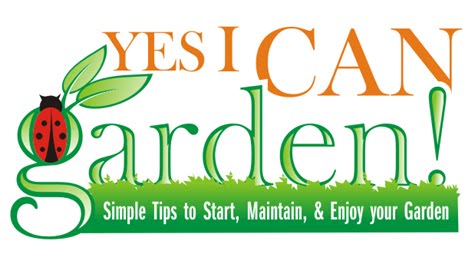Getting Started: Using the Shapes of your Lot and Established Garden Beds to their Best Advantage
Lots, lawns and gardens come in a variety of shapes, from incredibly compact, to long and narrow, sprawling, treed, or sparsely planted to designs that are full of formal elements and feature straight lines and angles. The base of your garden can be lush and established or languishing when you take it over--even absent, if you are taking over a garden in a new development or an urban lot that is going to be transformed in to green space. The design can also be incredibly loose, bordering on the look of a naturalized area instead of featuring a design imposed by a human hand and mind. As with any design project, begin with the basics: sketch in the “bones” of the space you have, including structures such as fences, pathways, flower beds already in existence, and other structures such as sheds, pools, ponds, decks, and so on. Use graph paper if you like, or work on several oversized sheets of paper or newsprint. Some artists and designers prefer to work on the computer, so this is possible as well; others prefer to draw freehand to sketch in basic ideas; still others prefer to work precisely with graph paper while respecting relative sizes as closely as possible.
Using Shapes
Work with large curving or circular shapes to draw the eye along and create a sense of movement and continuity; use triangles of all sorts to create a sense of stability and balance. Feel free to move things around and modify the design as you work. Don’t forget to imagine the design in three dimensions, and note heights of plants and structures so you can plan for specific areas. Use a rectangle to represent the shed, for example, then imagine how it will look in the garden, so that you can plan what to place next to or around it so that it will be accessible and integrated into the overall design for the garden.

The Outdoor Room
Several popular design shows highlight how the garden can really be seen as an extra outdoor room that extends from the house into the adjacent outdoor space. As with other multipurpose rooms in the house, various areas of the garden may contain particular objects and serve particular functions—much like one large open room may feature a desk and study area, a sitting area, and a place for storage. Some things to consider when thinking of the garden as an outdoor room include: creating a porch or shaded sitting area for relaxing or entertaining; delegating a space for outdoor cooking, and/or a fire pit area for warmth, ambiance, or grilling; water sources for relaxation and leisure, including ponds, fountains, bird baths, areas with flowing water over rockbed, and a pool or pools. If you have children or regularly have families with young children who visit, consider a kids play area, including a grassy area to play, seating or picnic table, small swing set or games, and a sand or water table, with shade.
If you are particularly drawn to formal garden designs, by all means focus on your annual and perennial beds, as well as shrubs for hedges or mass planting, trees (fruit trees are nice, so check what grows well in your area), and container gardening. Create formal pathways and screen off some areas of the garden to create distinct spaces--each can have its own focus (herb garden, secret "retreat" space, rose garden, and so on).

No comments:
Post a Comment